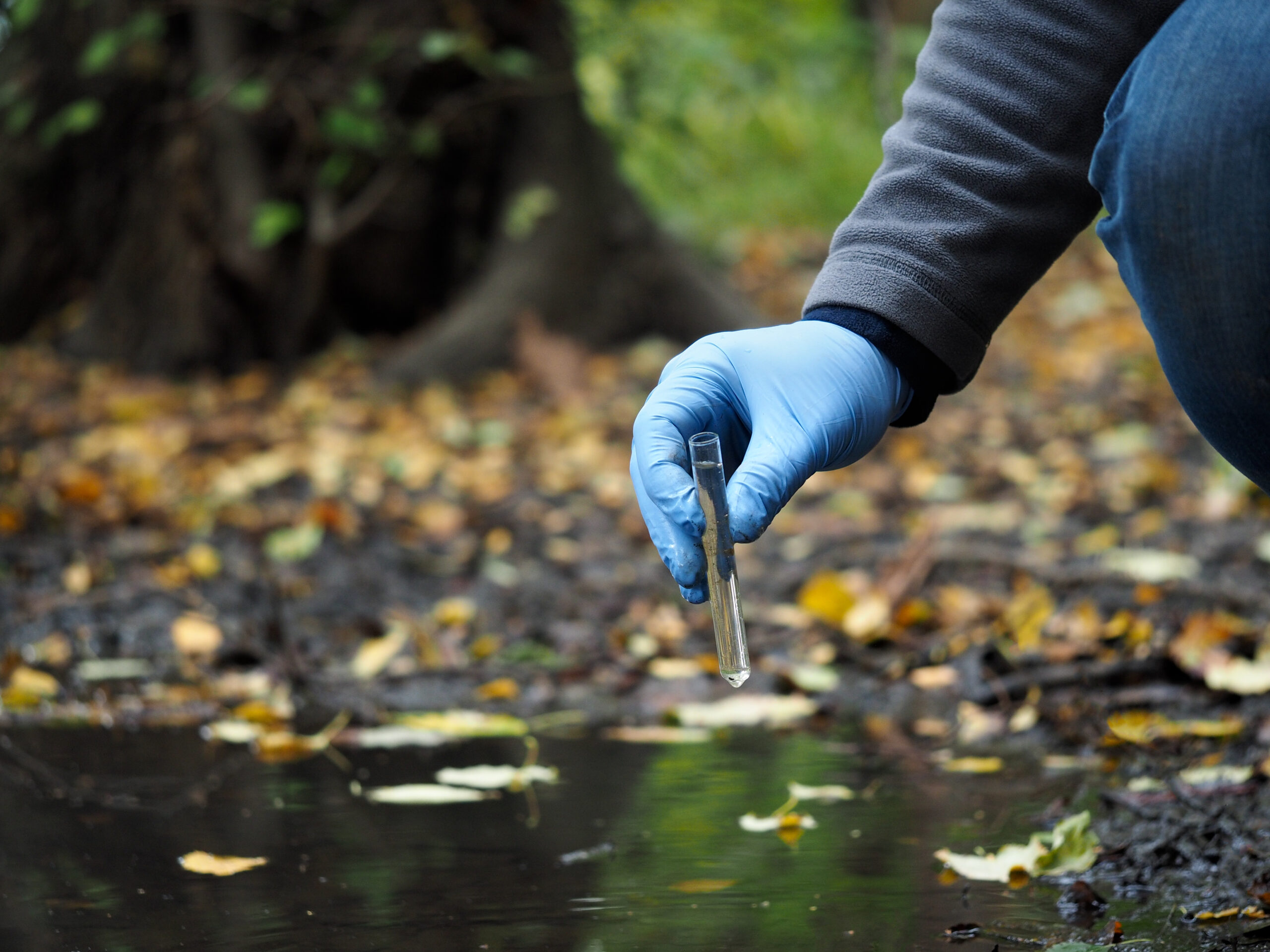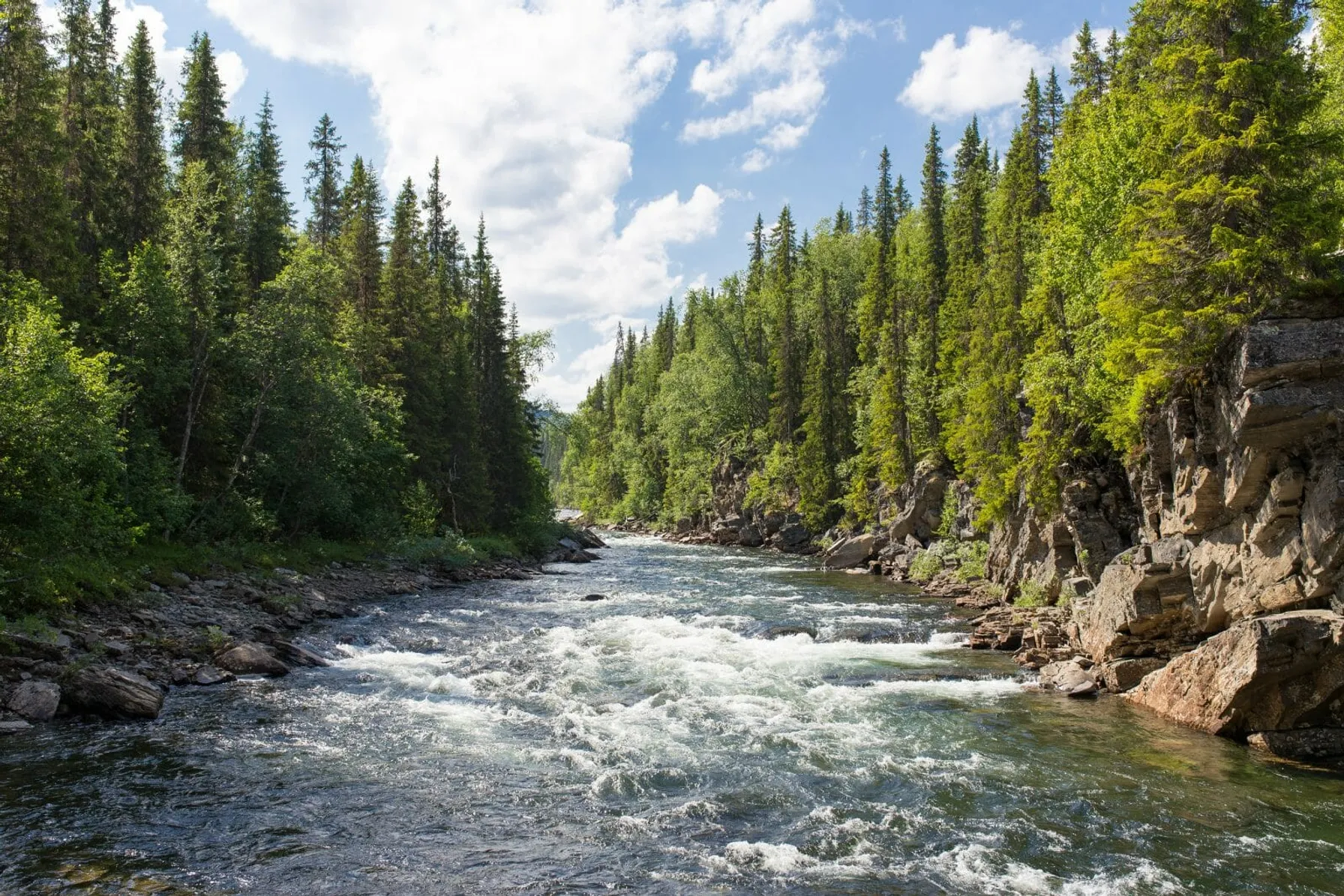The EPA is attempting to redefine the Waters of the United States to bring more clarity to the Clean Water Act and address a rash of successful legal challenges that followed a 2015 rule change. The 2015 rule was considered by many to be vague in its definition of protected waters, which triggered the flood of lawsuits – including some that ended up before the U.S. Supreme Court.
Overview of the New Rule
The new rule was initiated by Executive Order 13778 in 2017, which authorized the EPA and the assistant secretary of the Army to review 2015’s Clean Water Rule – specifically the portion defining “navigable waters” – and propose revisions. The new rule would establish a new definition of protected waters that clarifies federal authority under the Clean Water Act (CWA) and provide greater flexibility to states and tribes to manage their land and water resources. The rule could also take into account court rulings, so that future court challenges could be avoided.
The revised rule is intended to establish bright lines between federal and state waters and eliminate case-by-case application of the significant nexus test set forth in Associate Justice Anthony Kennedy’s concurring opinion in Rapanos v. United States. The rule attempts to accomplish this by establishing six types of water bodies that are considered Waters of the United States (WOTUS) and 11 types that aren’t. It would also further define some key terms important to describing and determining WOTUS.
Under the new rule, the six types of water bodies considered WOTUS are:
- Traditional navigable waters (TNW)
- Tributaries to TNW that contribute perennial or intermittent flow to TNW in a typical year
- Ditches used for navigation or affected by tide
- Lakes/ponds that are equal to TNW or provide perennial or intermittent flow in a typical year
- Wetlands that abut or have direct hydrological surface connection to WOTUS
The 11 waters not considered federally protected by WOTUS (but which states and tribes may protect) include:
- Ephemeral (only flow in direct response to rain)
- Groundwater
- Artificial depressions
- Roadside ditches
- Agricultural ditches
- Quarries filled with water
- Artificially irrigated fields
- Wetlands separated by land or dikes
- Prior converted cropland
- Waste water treatment systems and stormwater control systems

A Note on Groundwater
Currently, groundwater is not regulated under the CWA, which only regulates discharges into surface waters. However, litigation headed to the Supreme Court may change that. The County of Maui in Hawaii was sued by a collection of environmental groups over an underground injection facility that processes and ultimately injects up to 5 million gallons of treated sewage daily.
A study from the University of Hawaii showed in 2012 that effluent from the injection wells was reaching the Pacific Ocean. The U.S. District Court in Hawaii ruled that this type of discharge is subject to regulation under the CWA, a ruling that was upheld by the 9th U.S. Circuit Court of Appeals. The Supreme Court has agreed to hear the case in October. If it upholds the appeals court ruling, groundwater hydraulically connected to surface water could face subsequent regulation under CWA.

Impact of the New Rule
The US Geological Survey estimates the new rule would reduce or eliminate federal protections for:
- 51 percent of wetlands (those that are dry most of the time and not connected to larger, downstream waters).
- 18 percent of streams (those designated as “ephemeral” streams).
This new rule should provide clarity to industry, land developers, regulators, and other stakeholders when undertaking projects potentially impacting WOTUS, potentially streamlining permitting requirements. Project stakeholders need to stay aware of their state and local statues, which may be more protective than the federal rule.
Need more information on the Waters of the United States? TRC’s water experts are following the issue closely and can help you navigate any changes to the rule. Contact Michael Kinder at mkinder@trccompanies.com for more information.
Embrace The Shift
Partner With TRC’s Tested Practitioners



